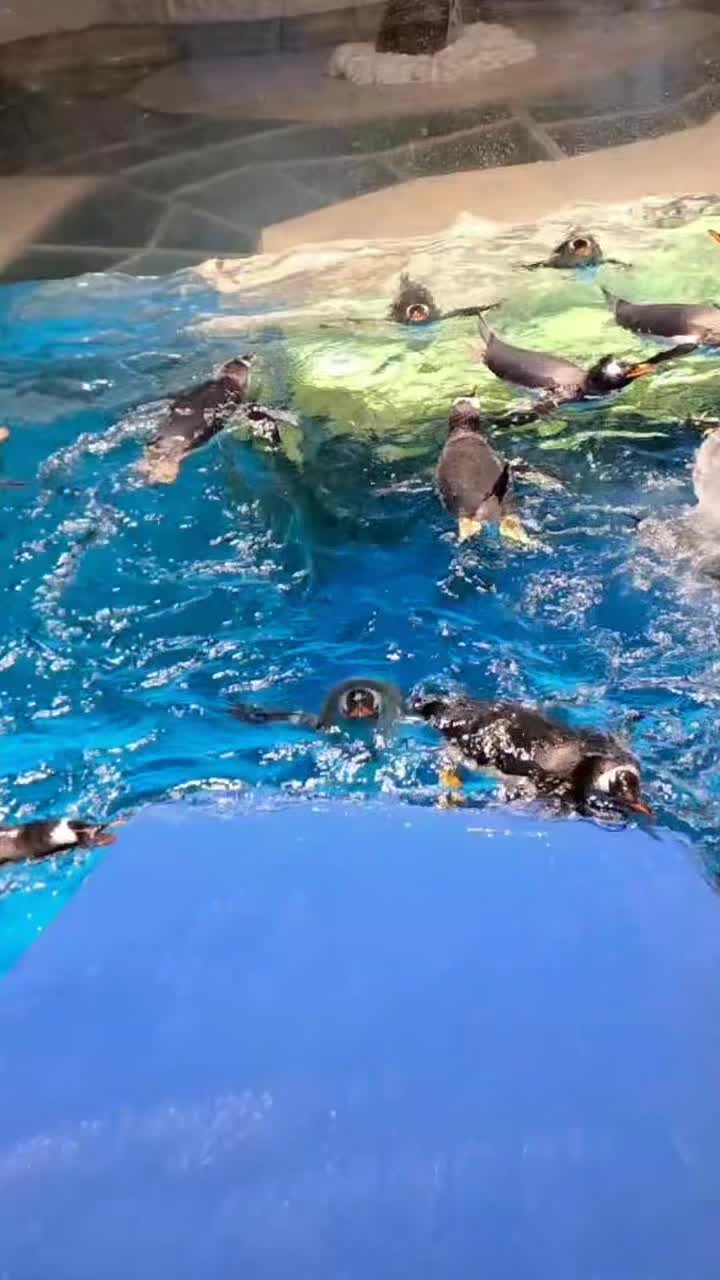- The significance of animal births in the Year of the Dragon at the park, with a focus on Giant Pandas, Penguins, and Golden Snub-nosed Monkeys.
- Insights into zoo management practices that support successful breeding programs, including habitat design and veterinary care.
- The importance of wildlife conservation efforts in sustaining species populations and promoting biodiversity.
- The role of educational programs in raising public awareness about conservation and environmental stewardship.
- Anticipations for continued success and new initiatives in the upcoming Year of the Snake.
The past year marked by the Year of the Dragon has been remarkable for the park, bringing forth the joy of numerous animal births. These offspring, particularly the captivating Giant Panda twins, Penguin chicks, and Golden Snub-nosed Monkey baby, symbolize hope and renewal in the animal kingdom. Each of these species presents unique challenges and triumphs in the realm of zoo management and wildlife conservation.
Giant Pandas have long been icons of conservation efforts globally. The birth of panda twins is particularly noteworthy due to their specialized reproductive behavior. Pandas exhibit a very short breeding season, and captive breeding requires exceptional expertise. This success is a testament to years of dedicated research and collaboration between zoologists and veterinarians. The wellbeing of these twins hinges on a precise diet, ample space, and meticulous monitoring to mimic natural conditions as closely as possible. The public engagement with such significant births fosters an enhanced awareness of their plight in the wild, where habitat loss continues to threaten their existence.
Penguin chicks, born in this vibrant year, offer insights into the sophisticated breeding strategies employed in zoological settings. Penguins demand specific environmental conditions such as temperature regulation and adequate nutrition to thrive outside their native habitats. The park’s team curates a habitat that replicates the icy environments these birds are accustomed to, ensuring their optimal development. This kind of targeted environmental simulation is crucial for both their short-term health and long-term survival prospects.
The arrival of a Golden Snub-nosed Monkey adds another dimension to the park’s conservation achievements. Known for their colorful appearance and social structure, these primates require intricate habitat designs that accommodate their arboreal nature. Their conservation in captivity necessitates a deep understanding of their social behaviors and dietary needs. This knowledge aids in creating environments that support stable and sociable groups, fostering natural instincts even within a controlled space.
Zoo management functions as the backbone for these breeding triumphs. Facilities must accommodate various species’ requirements, balancing aesthetic design with functional needs. Integrative veterinary care is paramount, involving routine health assessments and preventive medicine to ward off potential ailments. This approach facilitates higher success rates in breeding programs, fostering a healthier, more resilient population of captive animals.
Wildlife conservation embodies the essence of preserving biodiversity. Breeding programs are a fragment of larger global efforts that include habitat restoration and legislative advocacy. They spell out a responsibility to maintain the genetic diversity of endangered species, serving as a genetic reservoir in extreme cases of population decline in natural habitats.
Educational programs within zoos serve to bridge the gap between public perception and scientific understanding of conservation needs. Exhibitions and interactive sessions inform visitors about the ecological roles each animal plays, enhancing their appreciation and understanding of various species. This awareness-building is crucial, encouraging more people to participate in conservation efforts and adopt sustainable practices.
As the Year of the Dragon concludes, there is a renewed interest to advance these initiatives with vigor in the forthcoming Year of the Snake. Preparations are underway to expand on past achievements and explore innovative strategies. From introducing new breeding techniques to improving public engagement through digital platforms, the park remains committed to its mission of conservation and education.
By chronicling the successes of the past year and looking to the future, this narrative serves as an emblem of hope and determination in the quest for preserving the world’s wildlife. This ongoing journey reflects a commitment not only to the animals under the park’s care but also to the global effort of sustaining the planet’s rich biodiversity for future generations.
*****
Source Description
【
🥳今日係龍年最後一日,今年對於公園嚟講都係福氣滿滿嘅一年💥!公園有好多動物寶寶們都喺龍年誕生🎉,唔單止有🐼大熊貓龍鳳胎家姐細佬,仲有🐧企鵝寶寶們同埋🐒川金絲猴寶寶添啊!🎞️今日就同大家回顧一下喺龍年出世嘅動物高光時刻啦!✨
🌟好運當然唔可以停!就等我哋一齊期待蛇年嘅精彩時刻。🤝🏻約定大家,🐍蛇年見!
[ 💫Great luck in the Year of the Snake!🐍
🥳 Today marks the last day of the Year of the Dragon, and it has been a year filled with good fortune for the Park! 💥Many adorable animal babies have been born during this year 🎉, including the Panda cubs 🐼, Penguin chicks 🐧, and the Golden Snub-nosed Monkey baby 🐒! 🎞️ Today, let’s throw back at the highlights of the animal births during the Year of the Dragon! ✨
🌟 Good luck must never cease! Let’s all look forward to the exciting times ahead and make a promise to meet again in the Year of the Snake!


